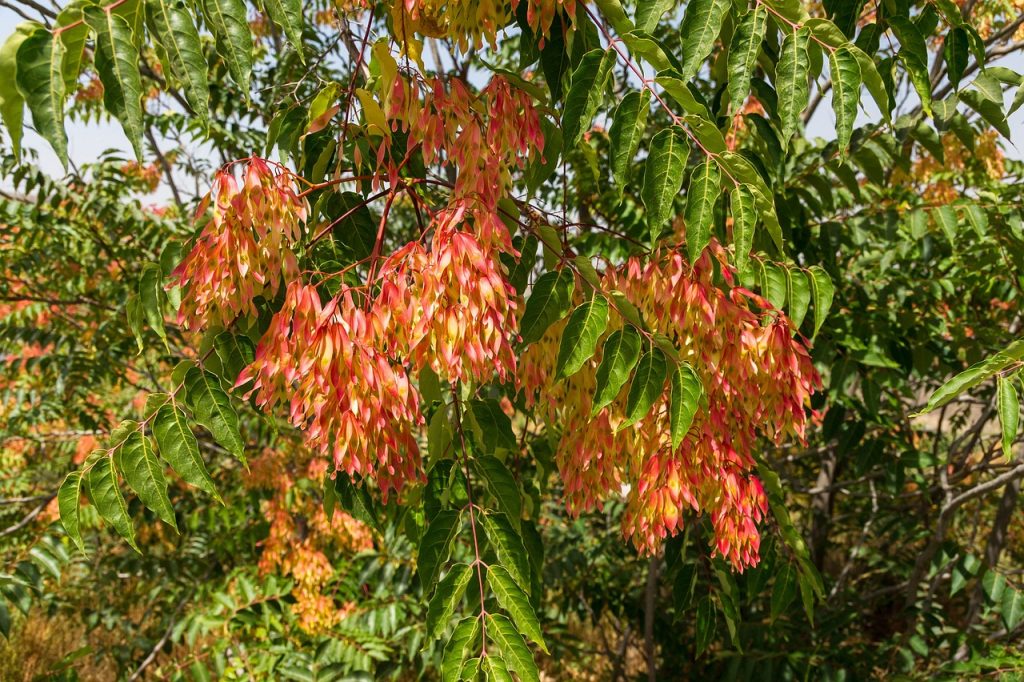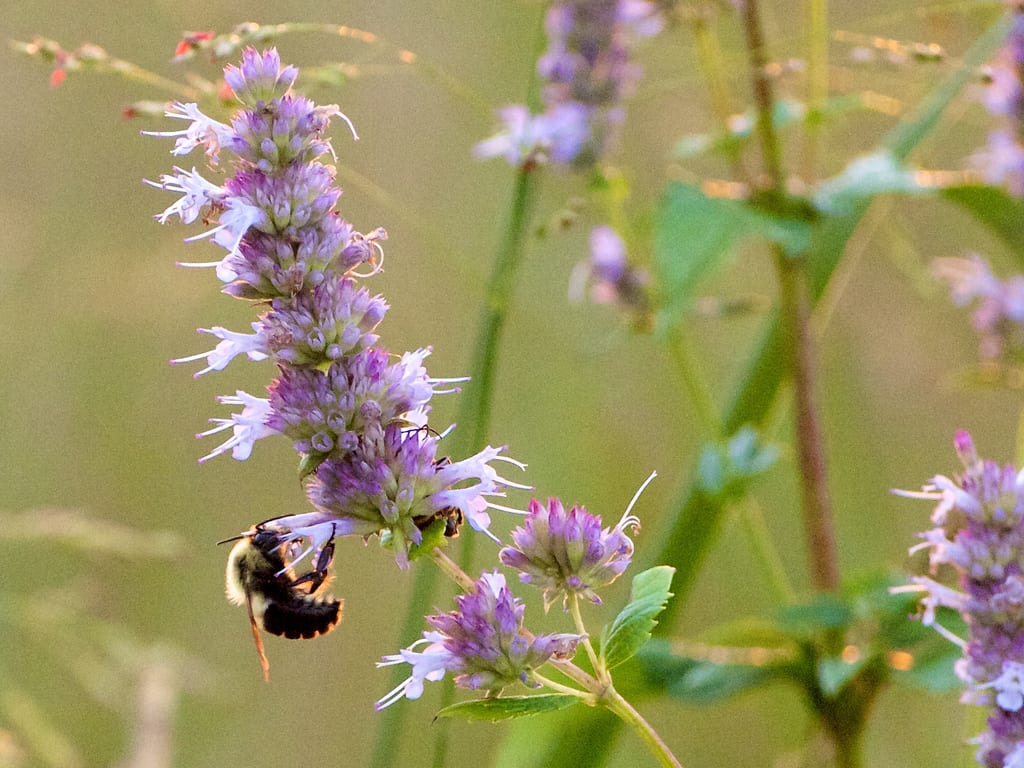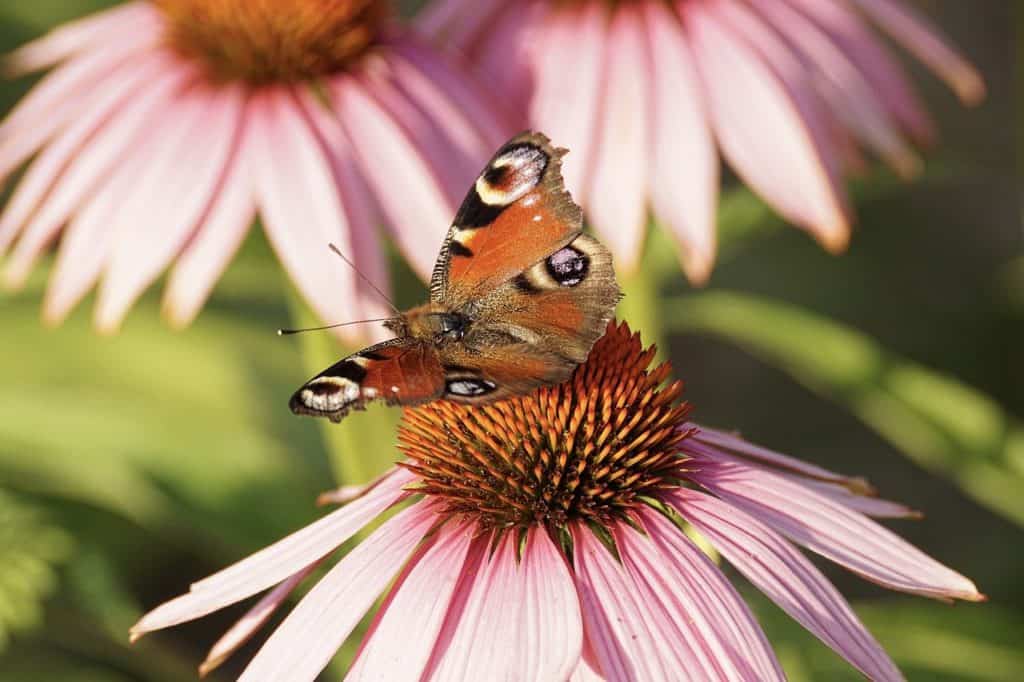The Menace of Invasive Plants: Threats to Native Biodiversity
Invasive plants have become a significant environmental concern, posing a serious threat to native ecosystems worldwide. These non-native plant species, introduced intentionally or accidentally by human activities, can rapidly spread and dominate new territories, outcompeting and displacing native plants.
Explore the impact of invasive plants on native biodiversity and the urgent need to address this ecological menace.
Understanding Invasive Plants
Invasive plants, also known as alien or exotic species, are those that establish and spread beyond their native ranges, colonizing new habitats and often causing harm to the environment, economy, and human health. They exhibit vigorous growth, rapid reproduction, and a lack of natural predators or competitors, allowing them to outcompete native plants.
Threats to Native Plants
One of the most alarming consequences of invasive plants is their potential to outcompete and displace native plant species. Native plants have evolved within a specific ecosystem, forming intricate relationships with local wildlife, including insects, birds, and mammals. When invasive plants take over, these native species may lose their sources of food, shelter, and nesting grounds, leading to a decline in their populations.
Moreover, invasive plants can attract invasive pests providing the perfect host plants to secure the unwanted visitor’s success. Invasive plants can alter the soil composition, nutrient cycling, and water availability in invaded areas. This disruption can negatively affect the growth and reproduction of native plants, making it difficult for them to thrive in their own habitat.
Examples of Invasive Plants
Numerous invasive plants threaten native ecosystems worldwide. Some prominent examples include:
1. Japanese Knotweed (Fallopia japonica)
2. Mile-a-Minute Weed (Persicaria perfoliata)
3. Garlic Mustard (Alliaria petiolata)
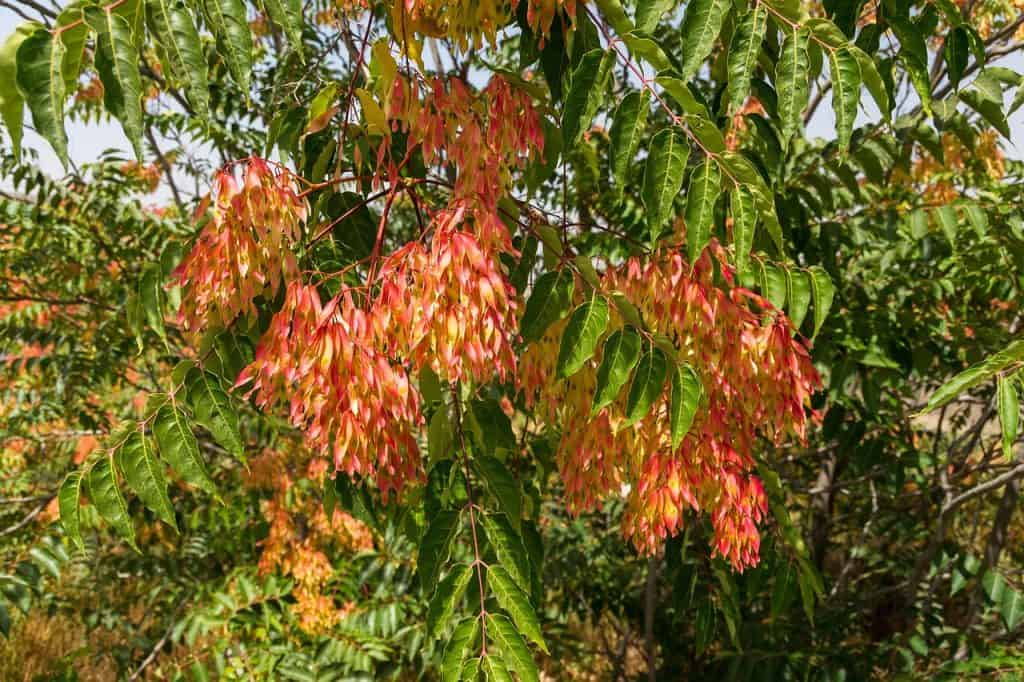
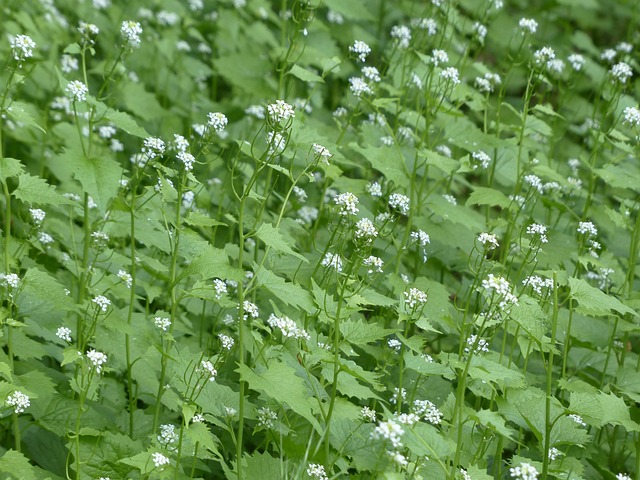
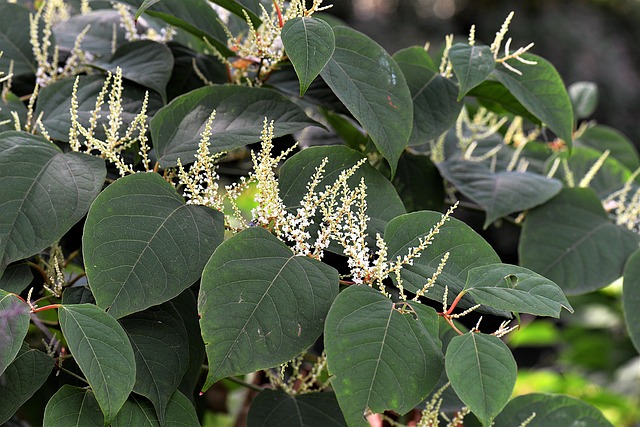
4. Multiflora Rose (Rosa multiflora)
5. Common Reed (Phragmites australis)
6. Purple Loosestrife (Lythrum salicaria)

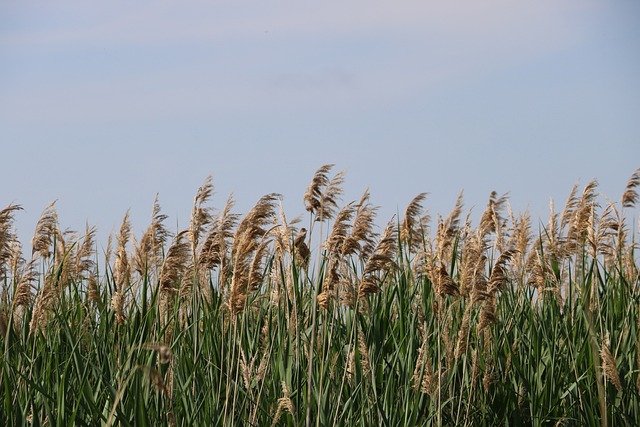
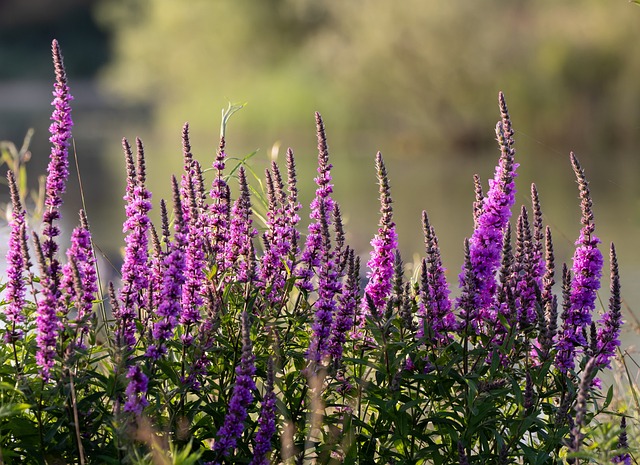
7. Tree of Heaven (Ailanthus altissima) Feature Photograph and host plant for Spotted Lanternfly
8. Japanese Honeysuckle (Lonicera japonica)
9. Autumn Olive (Elaeagnus umbellata)
10. Oriental Bittersweet (Celastrus orientalis)
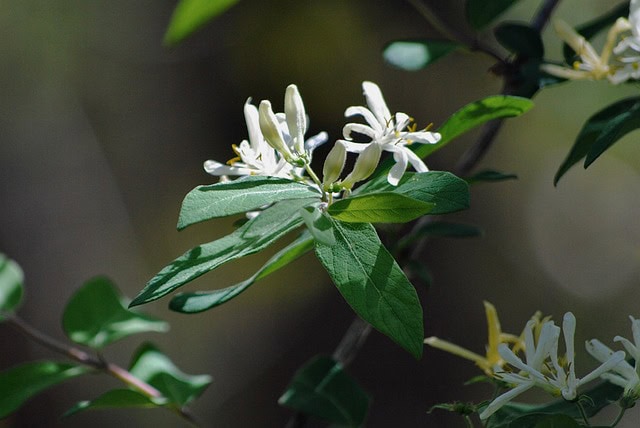
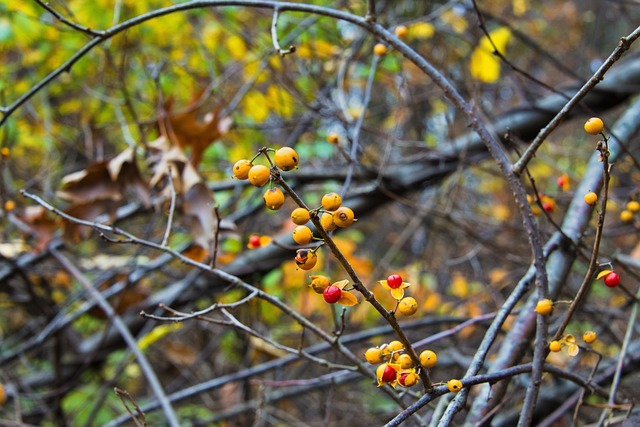
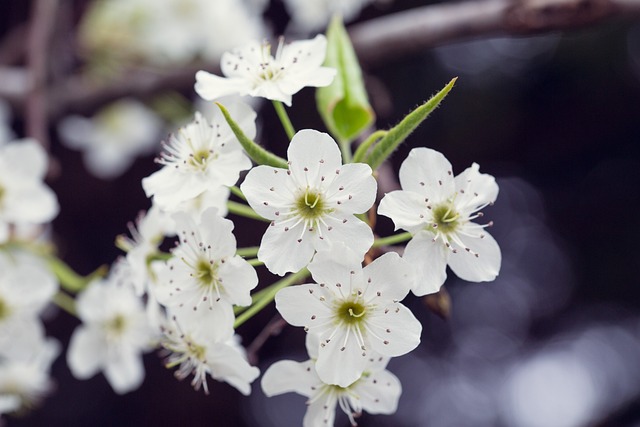
Impact on Biodiversity
The dominance of invasive plants not only threatens individual native species but also has a cascading effect on entire ecosystems. Native plants serve as the foundation of food chains, providing essential resources for various organisms. When invasive plants take over, these interactions are disrupted, resulting in a decline in biodiversity and potential extinction of vulnerable species.
Conservation and Management Strategies
To combat the invasion of non-native plants and protect native biodiversity, various conservation and management strategies can be implemented:
1. Early Detection and Rapid Response: Early detection of invasive plants is crucial for timely action. Rapidly responding to new infestations can prevent them from spreading further.
2. Control and Eradication: Implementing control measures, such as manual removal, herbicide application, or biological control (introducing natural enemies of invasive plants), can help manage their populations.
3. Public Awareness and Education: Increasing public awareness about the impacts of invasive plants and promoting responsible gardening and landscaping practices can prevent their unintentional spread.
4. Habitat Restoration: Restoring degraded habitats by reintroducing native plant species can enhance their resilience against invasive plants.
Conclusion
The menace of invasive plants poses a severe threat to native biodiversity, disrupting ecosystems and compromising the well-being of countless plant and animal species. Addressing this challenge requires collaborative efforts from governments, organizations, and individuals to prevent the introduction and spread of invasive plants and promote the conservation of native plants and the ecosystems they support. By recognizing the importance of preserving our natural heritage, we can safeguard the delicate balance of our ecosystems and ensure a sustainable future for generations to come.

